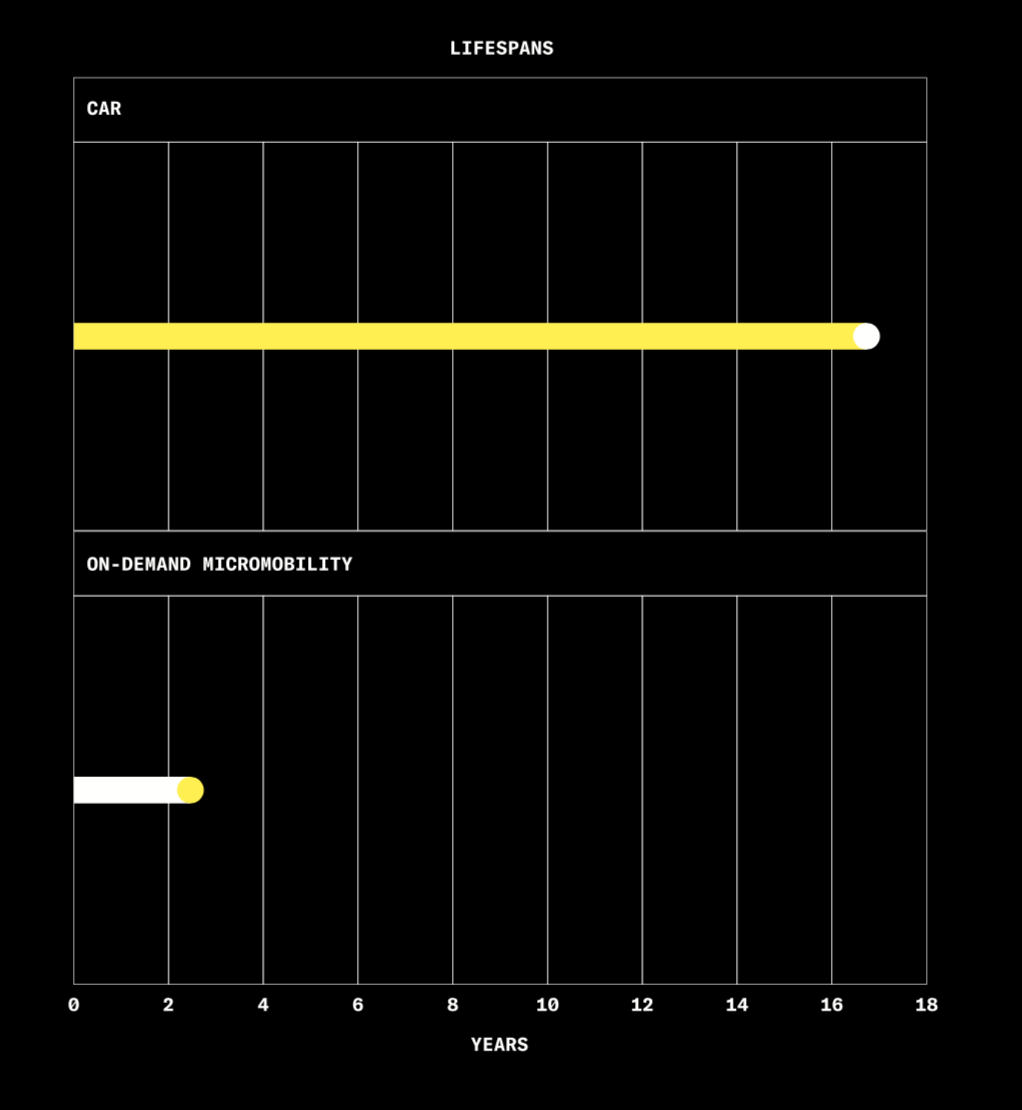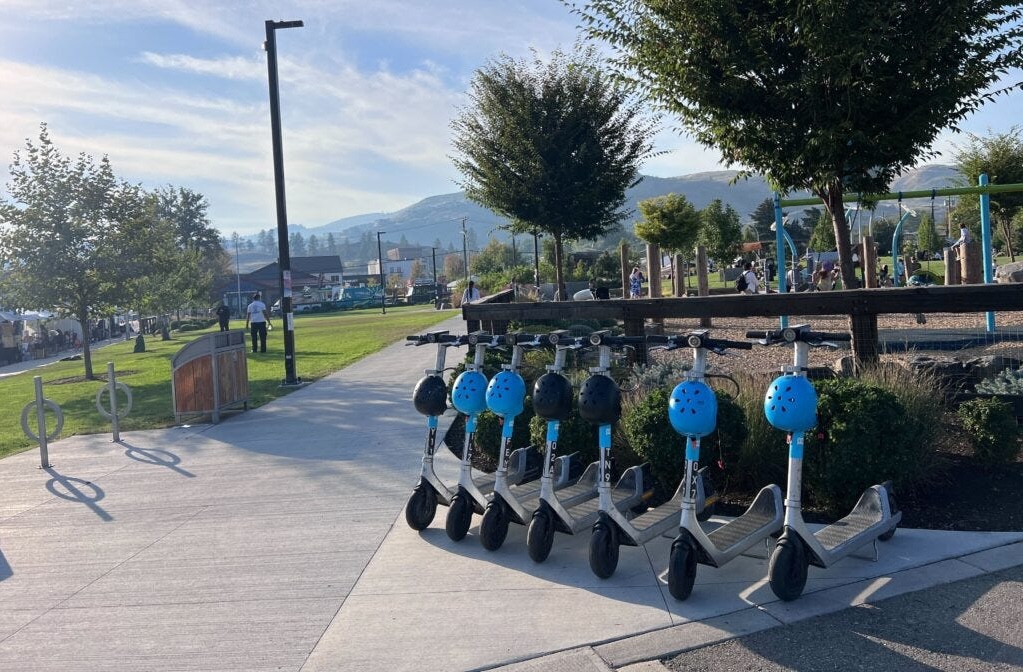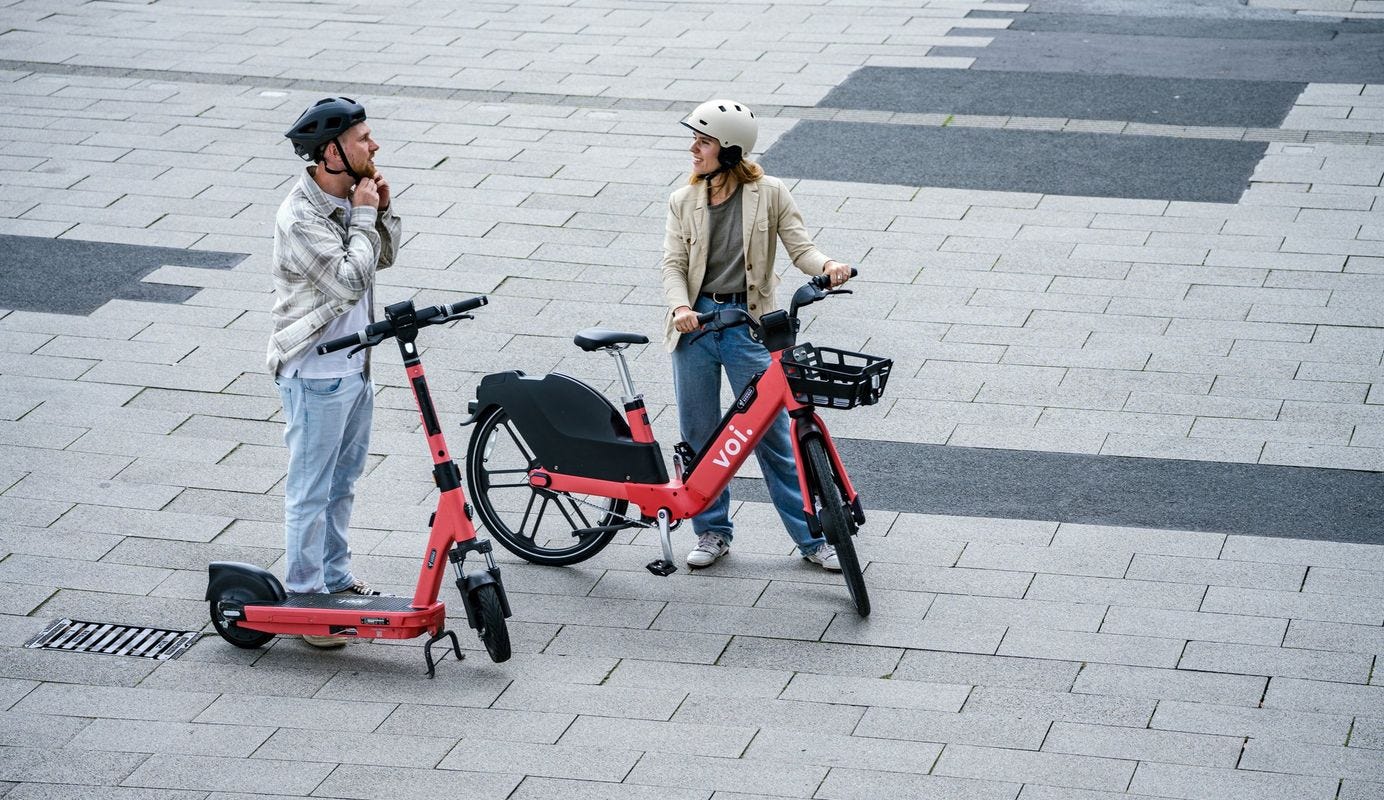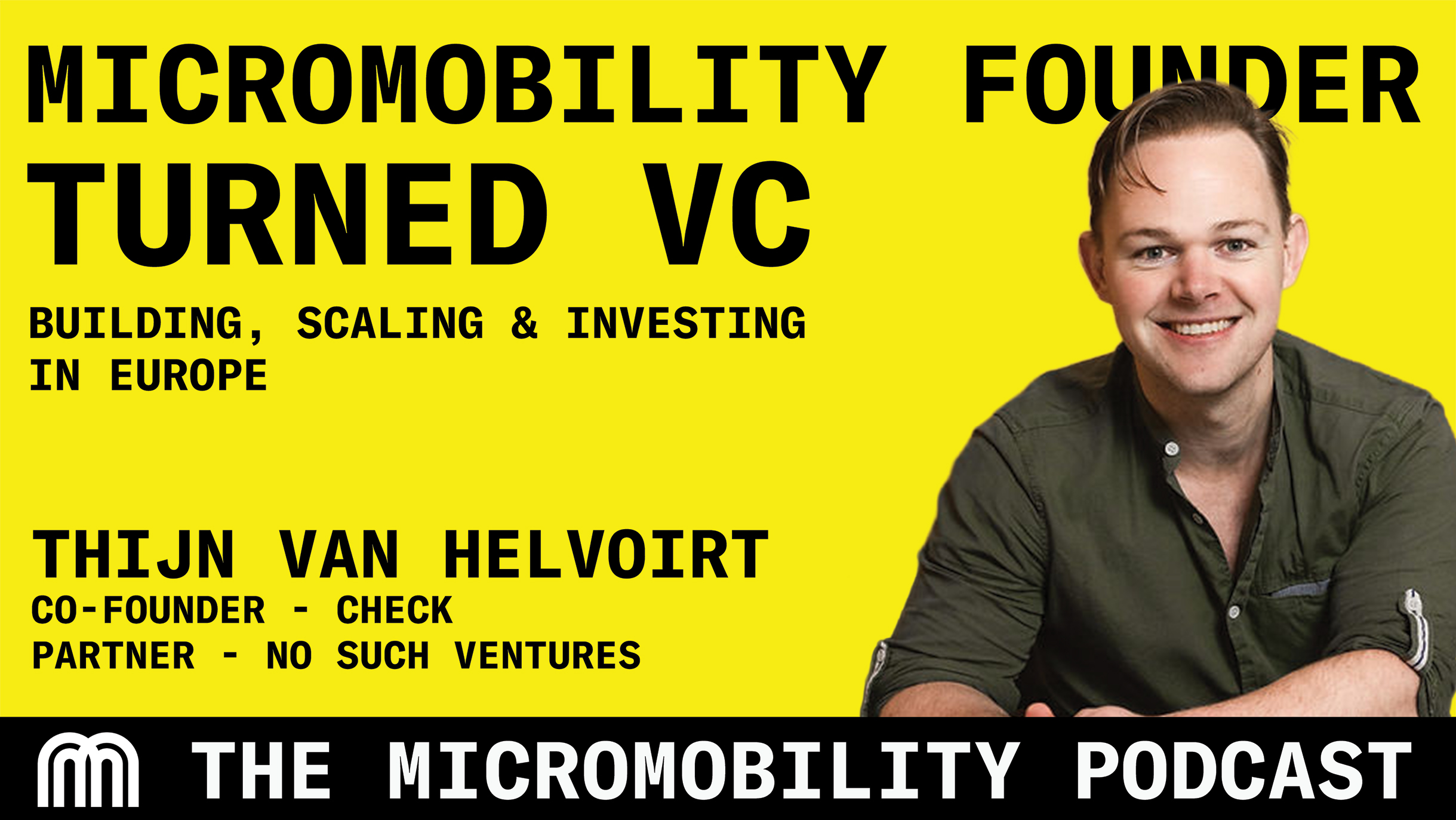
Here’s the most fascinating and fundamental wonder about Kickstarter: People give you their money today, so you can deliver on a promise at some point in the future, about a product that fulfills something in their lives they can’t get anywhere else. It’s kind of nuts, but it turns out, necessary if you want that I-Want-My-Jet-Pack future. The two most famous examples of this are VR with Oculus Rift, and Smartwatches with Pebble – both projects are tech milestones that helped give life to vibrant product categories. In this grassroots narrative, the category with long-game consequences will end up being micromobility.
Between 2011 and the end of last year, approximately 77 micromobility projects launched and successfully funded on Kickstarter. In total, they raised over 20 million dollars from 33,487 backers, and delivered thousands of milestone products to early adopters.
I ran Kickstarter’s Design and Technology categories from 2013 until 2017, during the birth of a golden age of consumer product entrepreneurship. In that period, 11,741 design and technology projects launched and successfully raised 894 million dollars. At our best, my team and I were stewards of a furious geyser that was attaching motors and microcontrollers to every product category in sight. We recognized micromobility as a force bigger than just a trend at the end of 2014. Here are some of the key projects and subcategories in that timeline:
The first successful project is Folding Electric Bike for Commuters at the end of 2011 by LA designer Gabriel Wartofsky. The project had many of the goals that mainstream users look for today: a hidden battery and motor, lightweight, no license required. Even the core value proposition was pretty clear: “to provide an alternative to driving your car everyday that seamlessly ties into existing public transportation systems.”
Since most Kickstarter creators are small teams working with limited resources, the availability of cheap components and rapid fabrication lend themselves towards polished and viable prototypes. Similarly, modular subassemblies and a willing global manufacturing community take those prototypes and turn them into final products with relative ease and speed. These two factors give product designers leeway to experiment and design from a place of creativity and ambition - no committees, fewer constraints. It allows designers and creators to put their purest ideas into the world, and give it a go, all or nothing.
The three year period between 2012 and 2014 is when things really kicked off. The first version of a skateboard augmented with motors and a hand controller was Z-Board, which raised $278K from over 425 backers. This was a genuine watershed moment – that project made our future a bit less opaque. All the rest of the motorized skateboards follow from Z-board: Boosted boards later that year, Inboard and Stary are just a few of them. Most people don’t skate, but skaters have always had a disproportionate influence on popular culture. Venice Beach, the original Dogtown, is still where Bird and Lime came to find an audience willing to swoop along the surfers and skaters. Where the skater culture went, the rest of us would eventually be able to follow.
Former IDEO designers brought us two milestone projects: The Faraday Bike and the OneWheel. The Faraday bike focused heavily on brilliant aesthetics and familiarity, delivering on a high end cycling experience that is celebrated in the design world. From a completely different perspective, Kyle Doerksen’s Onewheel makes for a ride that is exhilarating and a sport unto itself. The Onewheel has a fanatical community that includes Mythbuster Adam Savage.
Which leads us to the Hovertrax Kickstarter campaign, a curious moment in the history of crowdfunding. The 2012 campaign itself was modest: an indie product designer in Washington State, 162 Backers, 85K raised. The furious zeitgeist of the Hoverboard craze came three years later out of Shenzhen, providing clarity to how important Asian consumers and small scale manufacturing entrepreneurs would be to micromobility. (For a deeper dive on the dynamics behind Hovertrax, especially the Intellectual property aspects, I highly recommend listening to this episode of Planet Money.)
The highest raise thus far has been for the Storm Sondors, a fat wheeled, big battery e-bike that focuses on affordability and sturdiness. The Sondors e-bike family boasts over 30,000 members, and benefited the most from the existing bike modularity that powers the food delivery army of New York delis and restaurants. The Karmic Koben and the e-bikes that came after deliver more elegant and thoughtful solutions, paving the ground for the pedal-assisted bike sharing we've started to enjoy in our cities.
I also want to mention The Fly Kly Wheel and the Georbital, early and large campaigns respectively, that focused on users who preferred modding an existing bike. Although it might feel like this moment was perhaps a transition to fully electric devices, cyclists will always love upgrading and tweaking their bikes with new gear. The ”Swap and DIY“ projects are still flourishing on Kickstarter, with more recent projects like UrbanX focused on speed of swapability and lower cost.
It’s also worth paying attention to some of the outliers, the fun and more esoteric projects.These might not have the staying power of bikes and scooters, but their strong aesthetic and point of view manage to draw in enough early backers to suggest a significant broader idea. Janelle’s Acton Rocketskates, the GI Flybike, and the Cyclotron are all gleefully ripped from the pages of a William Gibson novel. And If you ever get a chance to ride the Verrado Drift Trike, definitely do it (with a helmet).
The most exciting thing about Micromobility is how close to the beginnings we still are. All these projects are just a few hundred days old, and all their kinks are still being worked out in real time. As the movement focuses on scaling up, and bringing great products to a mainstream audience, we’ll still have seemingly modest projects blooming on the periphery. Let’s pay attention; some of them are bound to be very interesting.

.svg)
%2Bcopy.jpeg)


.svg)












